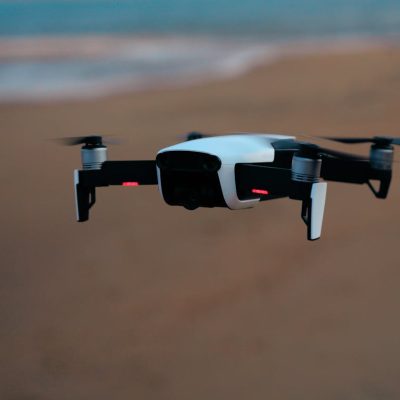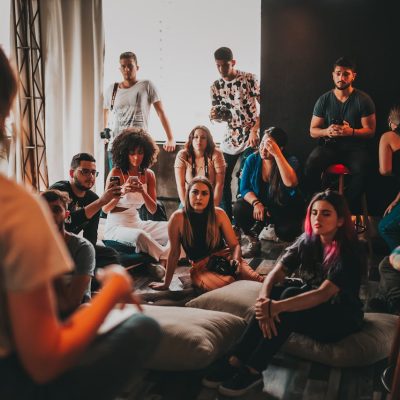8 Steps to Understanding the Development Lifecycle of Mobile Apps

Throughout all of the different app projects that I have worked on, I have noticed one consistent trend, which is that mobile development is similar to a black box, particularly if you are someone who does not know how to code.
If you are thinking about having a mobile app built for your medium-sized or small business, then you need to know precisely what it takes to do this. A recent study showed that around one in five SMBs has built a mobile app and around that many are planning to launch one.
Market Research, Discovery, and Mobile App Development
You might already have some good ideas for mobile apps for your business. This is a good starting point. However, before moving into your design and development phases, the first step that you need to take is to conduct research – into your target audience and own business, along with that of the competition. You will need to answer these questions:
- What would you like your mobile app to achieve? Where does the app fit within your overall mobile marketing plan?
- Who is the target audience for your app?
- How would you like your app to be used by customers?
- What platform(s) will you be using?
- Which mobile app development framework and language will you be using?
- What is the competition doing? Do your competitors have apps? If they do what features are offered?
- What is your overall budget for app development?
- What is your development timeline? When will your app be launched?
- How will you promote and market your app?
How To Establish Mobile App Objectives and Goals
This is a critical step in the planning stage of your mobile app. After you have determined how your app will achieve important objectives as part of your overall mobile marketing plan, you will then need to map out how to get there with your app.
- What problem(s) will your app be solving for customers
- What features will be included?
- What is the core appeal of your app?
Determining your app’s benefits and features is often a balancing act between your in-house capabilities and overall app development budget. However, in terms of prioritising functionality, according to research, customer engagement should be emphasised by app design over exclusive services.
How to Define Your Mobile App’s Backend
Your storyboard and wireframes will guide you in terms of the backend structures that you will need for supporting your app – think push notification services, data integration, servers, data diagrams, and APIs. SEM often find that it makes sense to choose a mobile backend as a service (Baas) platform since they are able to solve common challenges like a lack of in-house talent and scalability.
Developing Your App
There are many processes and steps involved in developing an app. If you are not using a mobile Baas provider or app development platform, your developer will need to set up the servers, APIs, database, and storage solutions for your app’s backend. A mobile app development agency can help.
Make sure to get your developer accounts set up at all the app stores you are planning to use for distributing your app. It can take several days to complete this step if you don’t have them already and it can be easy to overlook. Also, make sure to read the app store guidelines to ensure that during the review process your app does not get rejected.
Test and Test Some More
In the overall app development lifecycle, this is a very exciting time. You finally have your complete app idea with perfectly placed text and exciting graphics. You now need to rigorously test the app in various real-world scenarios and make sure to detect any technical flaws and correct them.
Official Release
The climax of all of your app marketing efforts is your official release date. Now is the time to generate some buzz by getting articles and write-ups from influential journalists and bloggers, and to make an announcement before your launch to everyone who has shown an interest in the app.









